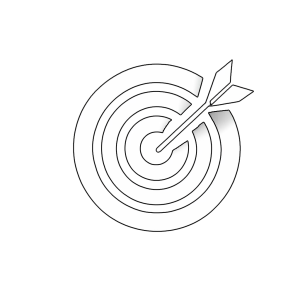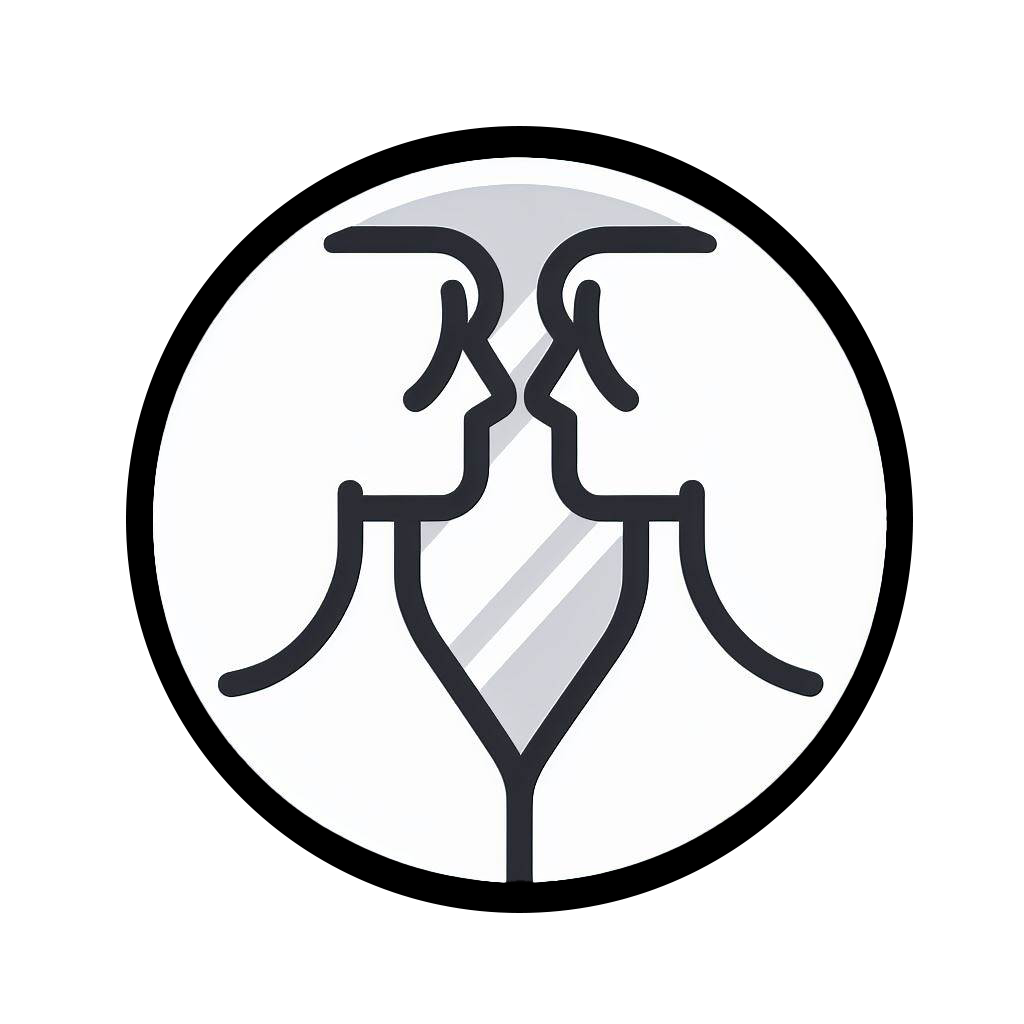Module 7: Your Pathway to Teaching
 Module 7 Outcomes
Module 7 Outcomes
- MLO 7.1: Recognize how the teaching profession has been structured to prevent diverse educators from entering the field. (CLO IV, InTASC 9k)
- MLO 7.2: Prepare a viable pathway that ends with earning a teaching license and becoming a teacher. (CLO IV, InTASC 9b)
- MLO 7.3: Review professional organizations for teachers and how those organizations support teacher development and growth (CLO IV, InTASC 9d, 9n, 10k)
- MLO 7.4: Compose a teaching philosophy statement rooted in effective teaching practices reflective of individual teaching approaches. (CLO IV, InTASC 9l, 9o)
Introduction
The purpose of this final module is to guide learners through the steps required to obtain a teaching license while delving into the ongoing journey of professional growth and development. It emphasizes the importance of lifelong learning and helps learners create and implement a comprehensive professional development plan.
The scenarios in Module 1 illustrate typical teaching days, but it’s important to recognize that no two days of teaching are exactly alike. Choosing to become a teacher is an exciting and significant commitment to shaping the future, offering both challenges and rewards. In this module, we will also examine the current profile of teachers in the United States and explore the various pathways to obtaining the necessary credentials to become a classroom teacher and advance in the profession.
 Reflect
Reflect
Your Pathway to Teaching
Watch the video below and think about what kind of teacher you are hoping to become.
References
Determine personal motivation, goals, and the process for becoming a teacher and continuing professional growth.
Knowledge. The teacher knows how to build and implement a plan for professional growth directly aligned with his/her needs as a growing professional using feedback from teacher evaluations and observations, data on learner performance, and school- and system-wide priorities.
Performance. The teacher engages in meaningful and appropriate professional learning experiences aligned with his/her own needs and the needs of the learners, school, and system.
Performance. The teacher actively seeks professional, community, and technological resources, within and outside the school, as supports for analysis, reflection, and problem-solving.
Disposition. The teacher sees him/herself as a learner, continuously seeking opportunities to draw upon current education policy and research as sources of analysis and reflection to improve practice.
Performance. The teacher takes on leadership roles at the school, district, state, and/or national level and advocates for learners, the school, the community, and the profession.
Disposition. The teacher takes responsibility for student learning and uses ongoing analysis and reflection to improve planning and practice.
Disposition. The teacher understands the expectations of the profession including codes of ethics, professional standards of practice, and relevant law and policy.
